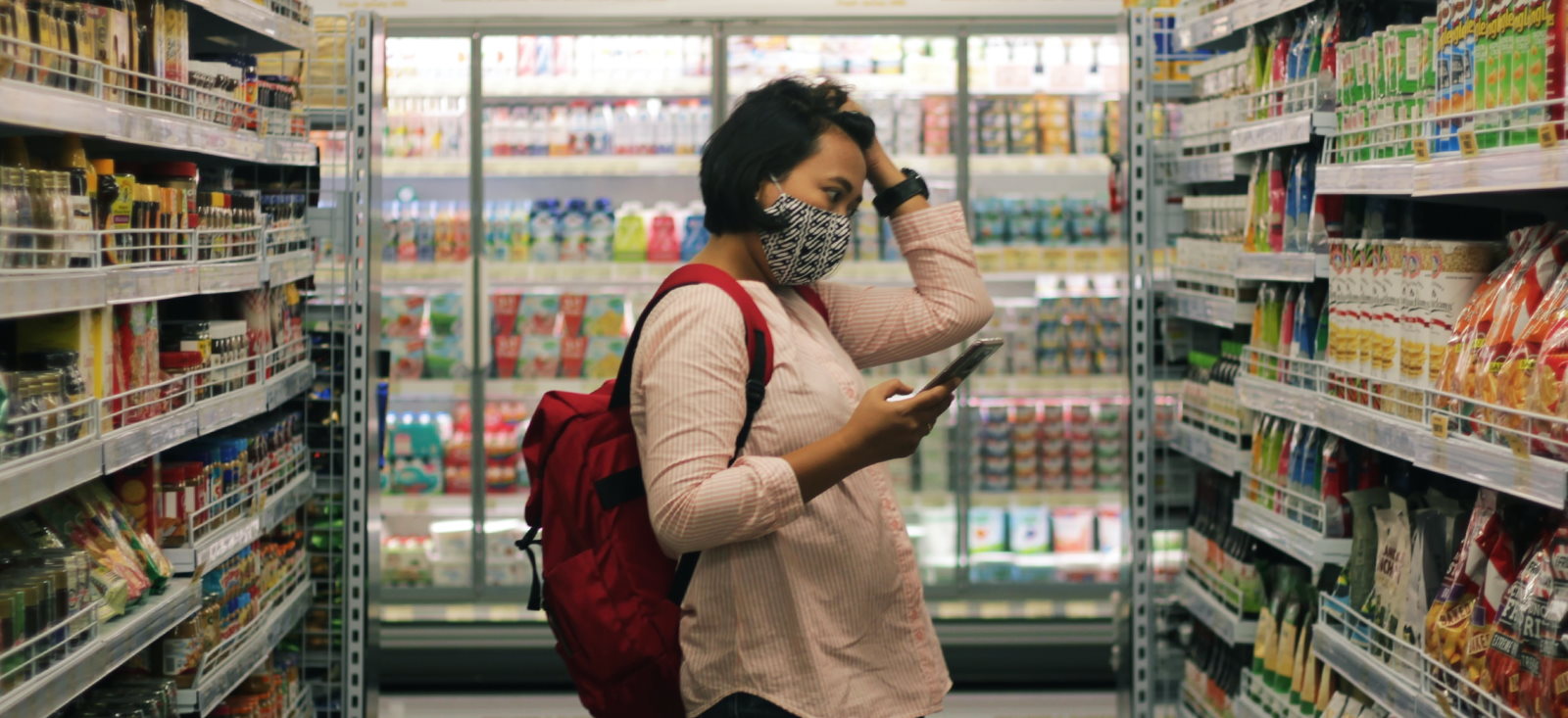
Ensure the Most Shoppers See your Communications
Filed Under: Best Practices, Market Research, Shopper, Focus Groups, IDI (In-depth Interviews), Qualitative Research

Bob Relihan
There is a good deal of received wisdom about the grocery store design and how it can both engage the consumer and structure their progress through the store. The strategy of placing the more engaging areas, such as the deli and meat, around the perimeter of the store and the packaged items in the center of the store is well known. End-caps capture attention as well as the shelves at eye level.
All of these strategies create the impression that the store is well-organized and the trip through it regular and structured. I must say that my experience shadowing and interviewing consumers through the store seems to confirm this. A series of shopping trips through the same store often seems similar as the shoppers follow close to the same route through the store, examining many of the same items.
But, my most recent trip to the grocery store has caused me to re-think this order. I walked through the first set of doors and grabbed my cart. I went through the second set of doors and turned right into the produce department. How typical. But, as often happens in the grocery, I bumped another shopper. I looked at her and then glanced around at the others in the produce department. There were about five of us. Now, fast forward. I am in the checkout line. As I am placing things on the conveyor, I drop a can on the floor. Again, the break in the typical action causes me to look around. There are two people behind me and two more in the aisle next to me. None of them were among the group with whom I began my journey through the store forty minutes earlier. We all might have made it to the deli together, but with each twist and turn we went our separate ways.
Progress through the grocery store is not as regular as we might think, or hope. Each shopper is a bit like a molecule bouncing about in space. As time passes, it becomes increasingly impossible to know where each molecule is, where it came from and where it is going. Getting the attention of a substantial number of shoppers in the store, therefore, is a difficult task. For each one of them the context is constantly changing, and context structures the meaning of any communication.
So, what should one do to get a consistent message to the most shoppers in the grocery store?
- Get shoppers before they are in the store. This, of course, is the classic strategy of the weekly flyer. But, now it is necessary to get some shoppers on the their mobile devices too.
- Get them at the entrance. If shoppers are going to scatter in unpredictable ways throughout the store, displays near the door will have impact on the greatest number of shoppers.
- Be as disruptive as possible. Endcaps have some impact, but a pallet of a product in the middle of the aisle has to be noticed.
- Have messages in as many places as possible. The package on the shelf may have the best expression of you message, but it is in only one place in the store. Products in multiple places will have more impact. Advertising in the store also extends the reach of the product’s message.
- Provide a more interactive store experience. The store is not the constant. It is the shopper who is the constant. If the shopper can be reached in the store wherever she is through a combination of WiFi and Interior GPS, the experience can be controlled for all shoppers. It won’t matter if they are standing in front of a particular display, the product’s message can reach her in any related part of the store. Or, as she passes your product, she can be alerted it’s there–more disruptive behavior.
The analogue experience of walking through a grocery store is unpredictable and difficult to control. Technology, however, can make the shopper the focus of the shopping experience, assuring that each shopper receives the same message or a message tailored to her particular wants and needs.
explore featured
Case studies
